Antonio Hernando: "Nanotechnology grows like never"
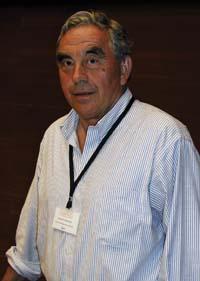
We mainly study magnetic materials, measuring magnetic fields, etc. That is, our work is based on the investigation of the magnetic characteristics of the materials. It is a very interesting area for nanoscience. And it is that you will bring many applications in the future.
The subject of nanoparticles is very interesting. In addition, in recent years various techniques have been developed that have allowed us to work ourselves, scientists, at the nanometer scale, as well as to manipulate these particles by physical or chemical methods.
Therefore, given the excellent opportunity to work on this nanometer scale, we focus on the study of material properties on this scale. It can be said that all fields of physics, chemistry, biology, and medicine have come together to work on this small scale. In addition, thanks to the discoveries of the techniques mentioned above, growth has been spectacular in both nanotechnology research and nanoscience.
For example, with the help of magnetic field, it is intended to increase the density of information in the field of accumulation and treatment of information, that is, to increase the number of bits per unit of surface. With all this it is achieved that both the hard disks of greater memory and the ones of reading and writing are faster.
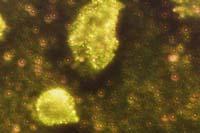
In the field of medicine, magnetic nanoparticles open up new ways to treat cancer. These particles can penetrate the human body and, thanks to their magnetic characteristics, they can be properly observed and channeled only to cancer cells, without causing any damage to healthy cells.
For example, if there was a tumor in the knee, it would be ideal for antitumor drugs to only influence this tumor. In this way the patient would suffer less negative effects than the current treatments. Current treatments are highly aggressive for the organism. This would be one of the main contributions that nanotechnology would make to medicine: magnetic particles capable of transporting drugs where there is pain or damage.
Another notable advantage is that they can be used to cause hyperthermia. Hyperthermia is based on the accumulation of magnetic particles in the tumor; the application of a high frequency external magnetic field would cause the heating of these particles, which would cause the heating of the tissue in which these particles are found and the thermal death of the cancer cells.
In general, the key to magnetism is the ability to accumulate particles in a given place, both in the medical field (in the case of tumors) and in the computer field (the more particles, the more bits).
At present, an important topic on magnetism is that of magnetic semiconductors, which translates into a simple and simple explanation: the computer has, on the one hand, a hard memory, that is, a magnetic memory; on the other, a ram or transistor memory. The latter is electronic and is also known as quick memory. Fast memory, as its name indicates, works very quickly and disappears when there is no energy, as is the case of light. Has never the light happened to you suddenly and think "I have not kept this"? The hard memory keeps everything. They are two different mechanisms.
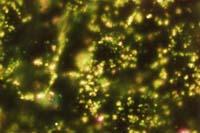
These boxes that are observed when turning on the computer make the connection between hard memory and ram memory. In reality it is a waste of time. In fact, magnetic semiconductors could do so in one step. In addition, they would be fast and stable at the same time and we would not need both systems.
In short, the goal of magnetic semiconductors would be for the computer to have a single system, instead of two memories, and as they are generated all the information will be stored. That is precisely what we want to get eleven researchers, including ourselves, from the point of view of the nanometric scale.
So far we have found nanoparticles of zinc oxide. They are semiconductors that can be transformed into magnets surrounding them with sulfur atoms, in the same way as in the case of gold. It may be applied in the future in computer matters. Who knows it.
Indeed. Gold has no magnetic characteristics. It is diamagnetic. That is, by bringing a magnet (a magnetic field) to this material repels. However, by surrounding gold nanoparticles with certain organic molecules, they can adopt magnetic characteristics other than the common gold we know in both rings and earrings.
The nanoparticles of gold measure two nanometers that become magnetic by chemical links such as sulfur. We still do not know the mechanism of this surprising discovery, but we are working on it. It is a very important discovery. Gold is not very toxic to the human body.
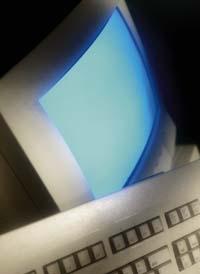
At this time there are scientific areas that are focused on nanotechnology, more attractive than ever. Undoubtedly, there are still many tasks, but it grows more than ever; the interest for nanotechnology is increasingly evident.
Medicine, for example, is investigating everything said years ago. Several institutes of nanotechnology have carried out eleven experiments with rabbits, etc. and some studies are in the phase of clinical tests. I can't put a date to all this because it would be a mistake, but we are and are doing it, and it is possible that from that work results can be obtained as we mentioned.
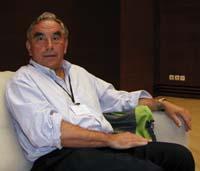
Buletina
Bidali zure helbide elektronikoa eta jaso asteroko buletina zure sarrera-ontzian











